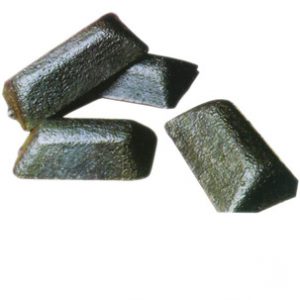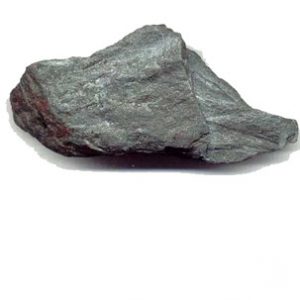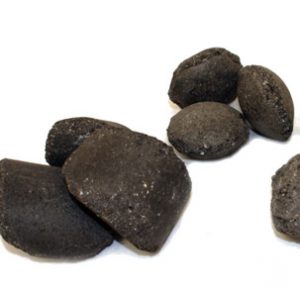Products
Raw Material

Pig Iron
Basic Pig Iron, PL1, PL2, according to GOST 805-95
- Chemical composition according to GOST 805-95
- In pigs weighing not more than 18 kg
- Mass basis - actual
- Packing: in bulk, without packing
We are very interested in production of various foundry grades of pig iron with restricted silicon, manganese, sulfur, phosphorus contents.
Our pig iron ingots are very clean, uniform, and contain fewer impurities if compared to other producers. The generation of fines, chips, dust is also less if compared to others.
Therefore our products are sold at a premium price compared to others.
TYPICAL CHEMICAL COMPOSITION
| Carbon | 4,50% max |
| Silicon | 4,50% max |
| Manganese | 1,5 % max |
| Phosphorous | 0,12% max |
| Sulfur | 0,05% max |
| Weight ratio, % | |||||||||||||
| Mn | P, Max | S, Max | |||||||||||
| Group | Class | Category | |||||||||||
| 1 | 2 | 3 | 4 | A | 6 | B | 1 | 2 | 3 | 4 | 5 | ||
| P1 | 0,5-0,9 | max 0,5 | 0,5-1,0 | 1,0 - 1,5 | - | 0,1 | 0,2 | 0,3 | 0,01 | 0,02 | 0,03 | 0,04 | 0,05 |
| PL1 | Max 0,5 | max 0,5 | 0,5-1,0 | 1,0 - 1,5 | - | 0,1 | 0,2 | 0,3 | 0,01 | 0,02 | 0,03 | 0,04 | 0,05 |
| PL2 | 0,5-0,9 | max 0,3 | 0,3 - 0,5 | 0,5 - 0,9 | 0,9 - 1,5 | 0,08 | 0,12 | 0,3 | 0,01 | 0,02 | 0,03 | 0,04 | 0,05 |
| P2 | Max 0,5 | max 0,3 | 0,3 - 0,5 | 0,5 - 0,9 | 0,9 - 1,5 | 0,08 | 0,12 | 0,3 | 0,01 | 0,02 | 0,03 | 0,04 | 0,05 |

Iron Ore
| Fe Content Base | 62%, Range 56% to 66% |
| Silica Base | 3.5%, Maximum 8.0% |
| Alumina | Base 2.0%, Maximum 4.0% |
| Phosphorus | Base 0.10%, Maximum 0.15% |
| Sulphur | Base 0.02%, Maximum 0.06% |
| Loss on Ignition (%DW) | Base 4.7%, Maximum 11.0% |
| Moisture | Base 8.0%, Maximum 10.0% |
| Granularity | Base Size >90% < 6.3mm, at least 90% <0.15mm |
58% Premium, Fe Fines
| Fe Content | Base 58%, Range 56% to 60% |
| Silica | Base 5.5%, Maximum 9.0% |
| Alumina | Base 3.5%, Maximum 5.0% |
| Phosphorus | Base 0.08%, Maximum 0.15% |
| Sulphur | Base 0.04%, Maximum 0.07% |
| Moisture | Base 8.0%, Maximum 10.0% |
| Granularity | Base Size >90% < 6.3mm, at least 90% <0.15mm |
65% Fe Brazilian Fines
| Material Origin | Brazil |
| Fe Content | Base 65.0%, Range 63.5% to 66.0% |
| Silica | Base 2.7%, Maximum 3.7% |
| Alumina | Base 1.2%, Maximum 1.6% |
| Phosphorus | Base 0.045%, Maximum 0.060% |
| Sulphur | Base 0.01%, Maximum 0.05% |
| Moisture | Base 9.0%, Maximum 10.0% |
| Granularity | >90%<40%<0.15mm |
63% Fe Australian Lump Premium
| Material Origin | Australia |
| Fe Content | Base 63%, Range 61% to 65% |
| Silica | Base 3.5%, Maximum 5.0% |
| Alumina | Base 1.5%, Maximum 2.0% |
| Phosphorus | Base 0.08%, Maximum 0.10% |
| Sulphur | Base 0.02%, Maximum 0.04% |
| Loss on Ignition (%DW) | Base 5.0% |
| Moisture | Base 4.0%, Maximum 6.5% |
| Granularity | Max 13.5%31.5mm |
65% Fe Blast Furnace Pellet
| Fe Content | Base 65%, Range 60% to 70% |
| Silica | Base: 4.5%, Maximum: 6.0% |
| Alumina | Base: 0.4%, Maximum: 0.8% |
| Phosphorus | Base: 0.03%, Maximum: 0.05% |
| Sulphur | Base 0.01%, Maximum 0.02% |
| Moisture | Base 2.0%/DW, Max 3.0%/DW |
| Granularity | Maximum Size >90% >10.0mm |
| Compression Strength | Base 250daN, min 200daN |
66% Fe Concentrate
| Fe Content | Base 66%, Range 63% to 70% |
| Silica | Base: 4.5%, Maximum: 9.0% |
| Alumina | Base: 0.5%, Maximum: 2.0% |
| Phosphorus | Base: 0.02%, Maximum: 0.06% |
| Sulphur | Base 0.03%, Maximum 0.10% |
| Titanium | Base 0.05%, Maximum 0.30% |
| Moisture | Base 8.0%/DW, Max 11.0%/DW |
| Granularity | Maximum Size >80% <0.05mm |

Ferro-Alloys
Ferrosilicon
Silicon ferroalloy consumption is driven by cast iron and steel production, where silicon alloys are used as deoxidizers. Some silicon metal was also used as an alloying agent with iron.
Ferromanganese
Two manganese ferroalloys, ferromanganese and silicomanganese, are key ingredients for steelmaking.




